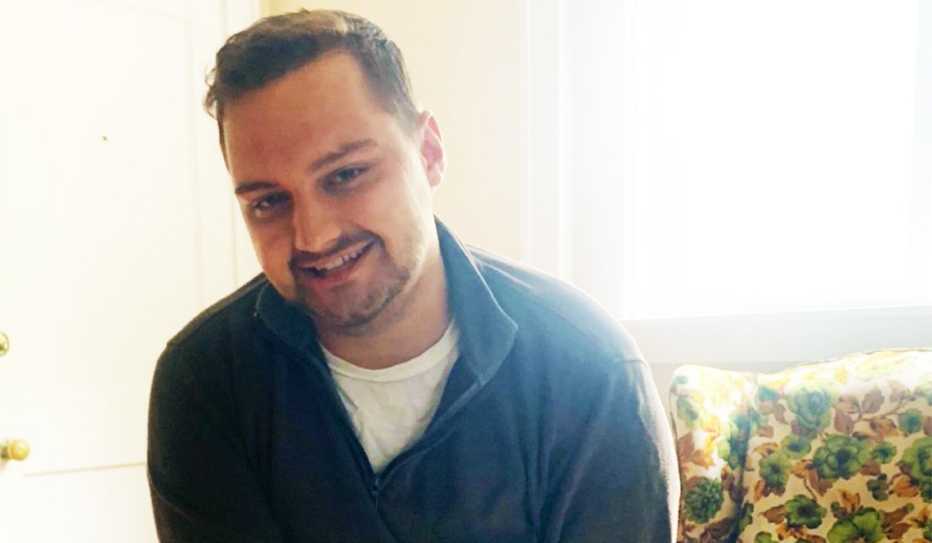AARP Hearing Center


HOST ORGANIZATION: The New York State Office for the Aging works to "help older New Yorkers be as independent as possible for as long as possible through advocacy, development and delivery of person-centered, consumer-oriented, and cost-effective policies, programs, and services that support and empower older adults and their families, in partnership with the network of public and private organizations that serve them.”
CORPS ASSIGNMENT: When New York State joined the AARP Network of Age-Friendly States and Communities in 2017, it became the first state to enroll in the program. The Livable Communities Corps's work involves a variety of short-term, age-friendly projects at various locations with several different agencies.
CORPS MEMBER
A graduate of Le Moyne College in Syracuse, New York, Andrew Wrede was doing temporary work at the New York State Department of Health when he learned about the Livable Communities Corps opening. Although the specifics of the job weren’t listed, working for a nonprofit organization appealed to him. Upon being hired, Wrede quickly got up to speed on the mission of the New York State Office for the Aging and terminology such as “livable community” and ”age-friendly.”
THE NEED FOR THE WORK
“The boomer generation is retiring," says Wrede. "It's important that they're not left behind, that the community cares for such a large population.”
THE ASSIGNMENT
Unlike the Livable Communities Corps members in other states, Wrede's assignments have been varied and short-term as opposed to one or two big projects. Basically, he jumped in wherever he was needed, on short notice.
Barbara Stubblebine, his supervisor and the chief of the New York State Office for the Aging, says, “Andrew has been a tremendous asset to New York State’s age-friendly team. His contributions have helped us advance our age-friendly goals, even during these difficult times.” Among Wrede's tasks and accomplishments thus far:





























































